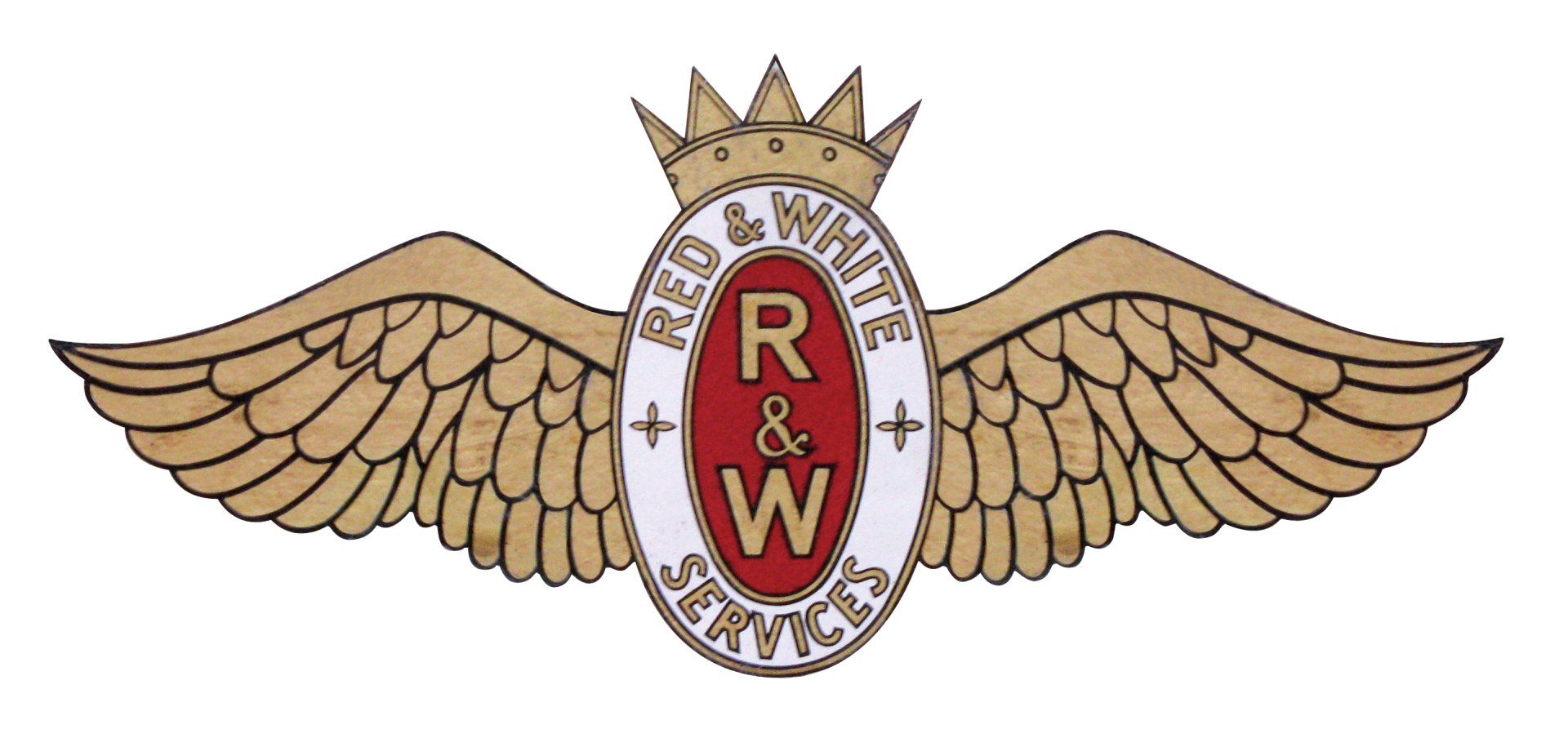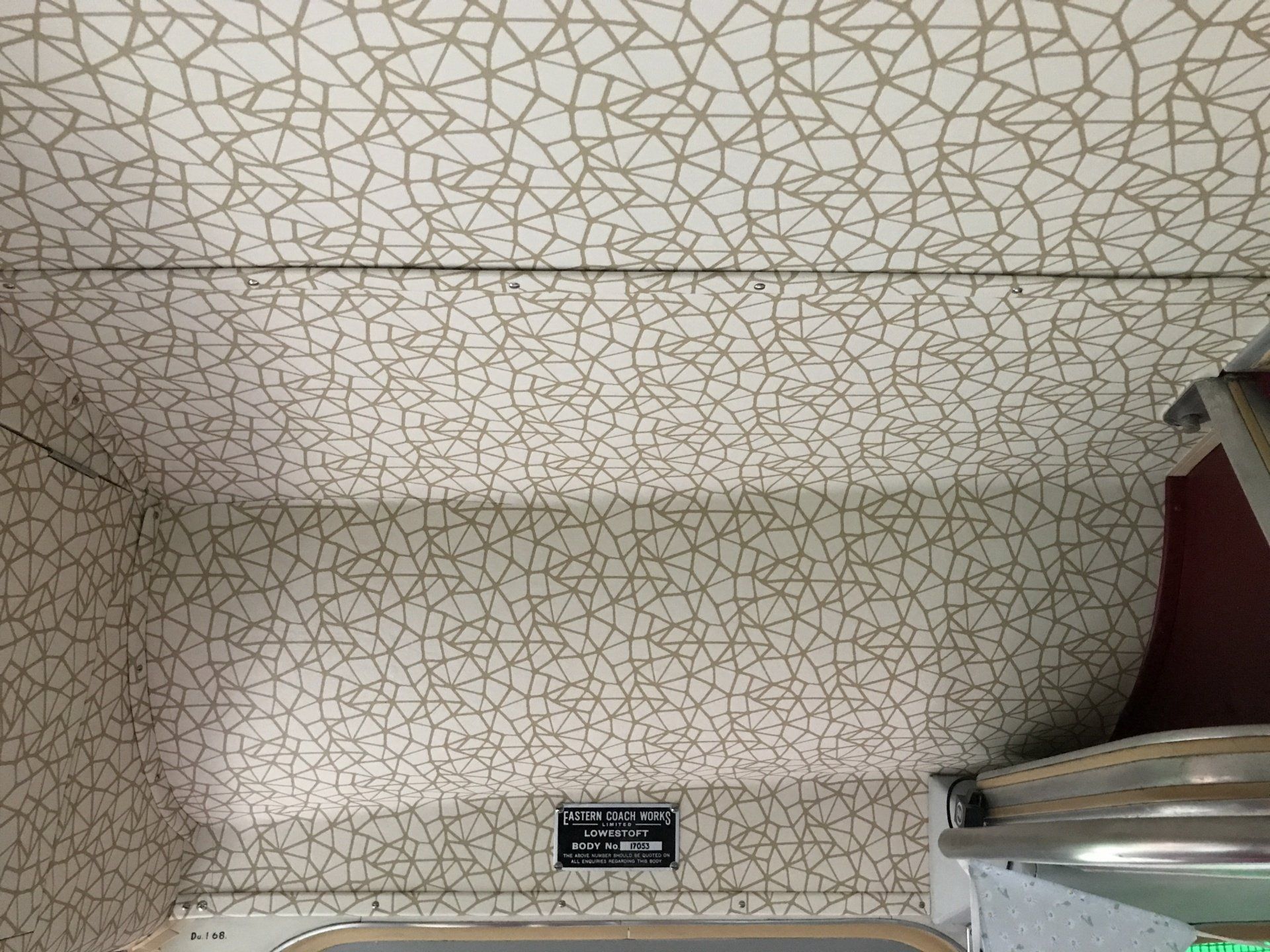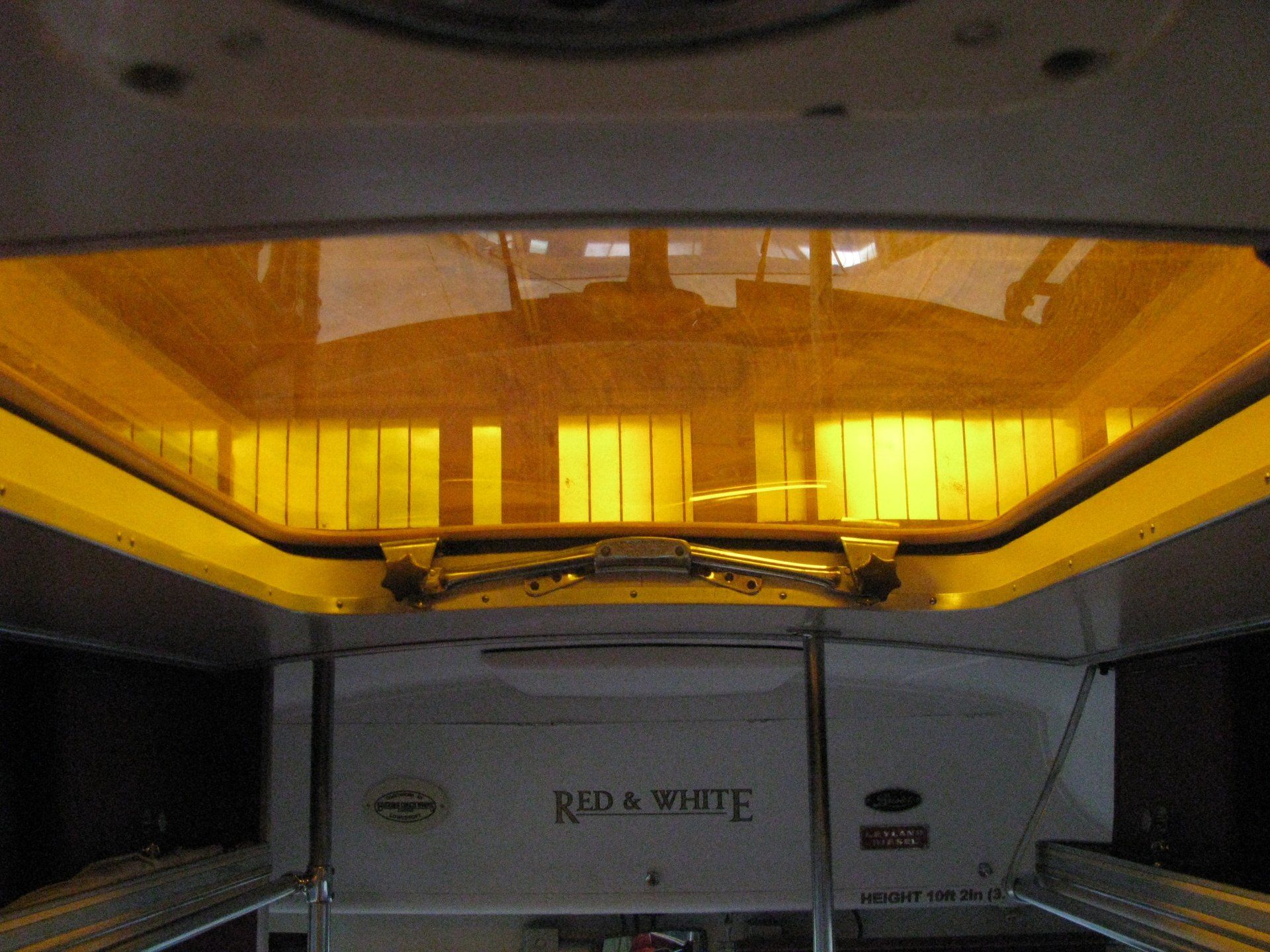Restoration of Ruby
When I bought Ruby (October 2012) she had been roadworthy for most of the 29-years in preservation. However, the coachwork was looking tired and whilst it retained original features, some had just succumbed to rot or corrosion and needed replacement.
Professional Exterior Restoration
Below is a list of the coachwork repairs undertaken by a professional restorers, in the spring of 2013 to bring Ruby
back to resplendence.
- All exterior aluminium panels (below the windows) were removed & replaced with new;
- Rotten hardwood fillets (that the aluminium waist rail is screwed to) were replaced;
- Rotten hardwood (that the side lockers are screwed to) was removed & replaced;
- The large luggage lockers (on both sides) had major surgery to replace rotten hardwood inside & repair the fibreglass outer skins;
- The nearside battery box & offside rear engine inspection locker doors were completely replaced with new aluminium doors;
- New locks and chrome 'T-key' covers were fitted to all locker doors;
- Rotten hardwood frame pillars around the main passenger door were replaced;
- The rear fibre glass corner panels were reformed;
- A new foot-well was installed below the offside emergency door;
- Both front & rear bumpers were removed, dents & rust treated and the bumpers spray painted a metallic silver;
- The aluminium skirt rail (that fitted between the two wheel arches) was removed as it was too damaged to re-use;
- The aluminium gutter rail was re-screwed to the rear of the coach roof;
- The whole vehicle was sanded down (removing decades of build-up of old paint). The coach was primed & painted with six coats of two-pack acrylic spray paint.
Professional Interior Restoration
Below is a list of interior coachwork repairs carried out by coachwork restorers, in the spring of 2013 to bring Ruby
back to resplendence.
- Corroded aluminium around the front wheel arch was cut-out & replaced;
- A rotten section of the floor boards
around the rear offside wheel arch was replaced & a section of the support frame which was corroded was replaced;
- All seats & cushions were repaired then re-trimmed with period-style Holdsworth moquette, burgundy vinyl & white piping.
Further exterior work, by myself:
- The inside of the large side luggage lockers was painted;
- The plywood floor in the boot was replaced;
- The chassis was pressure washed, sanded down, primed and top-coated with chassis paint;
- New fleet name logos and legal lettering were applied;
- New red silicon insert was fitted to the aluminium rails;
- The wheels were cleaned & painted;
- The battery box was rebuilt with a new floor & battery restraint.
Interior Restoration
Once the standard of the exterior coachwork had been improved, I then set about reinvigorating the coachwork interior. This included:
- New burgundy Treadmaster was laid throughout the interior floor & entrance steps;
- New dark red Rexine
(leather cloth) was affixed to the interior side walls (below the windows);
- All seat legs re-painted;
- Recovered seats
were re-installed;
- The rear interior dome & coving panels (beside luggage racks) were sanded-down & painted Ivory;
- The rack blowers & heater motors were repaired so they work properly;
- The ignition / charge light in the cab was repaired;
- The large overhead luggage racks were primed & painted;
- New orange Perspex was installed into the opening skylights;
- New gold vein vinyl was affixed to the interior front dome and destination box area;
- Wilmot Breeden grab handles & seat number plaques have been fitted to the rear of all exposed seat backs.
Mechanical Repairs
A vehicle that survives three times longer than its design-life, requires near constant attention. So far, mechanical repairs have included:
- The front mounted radiator
was removed, the core cleaned & rebuilt;
- New oil circulation pipe was fitted to the gearbox;
- New base made for the oil bath of the Burman air filter;
- Offside rear suspension spring was repaired (new main leaf fitted, after failure);
- The Leyland O.600 engine has been completely stripped-down & re-built (February 2017 & again in April 2019).
- The exhaust & silencer has been replaced, including fitting the correct shape of stainless steel fish-tail end;
- The front leaf springs
have been removed, re-tempered & re-fitted;
- New shock absorbers
have been fitted to the front axle;
- The air compressor has been reconditioned;
- A reconditioned starter motor has been fitted;
- The air pressure control valve was replaced;
- The CAV DPA fuel lift & injection pump has been removed, reconditioned & refitted.
















